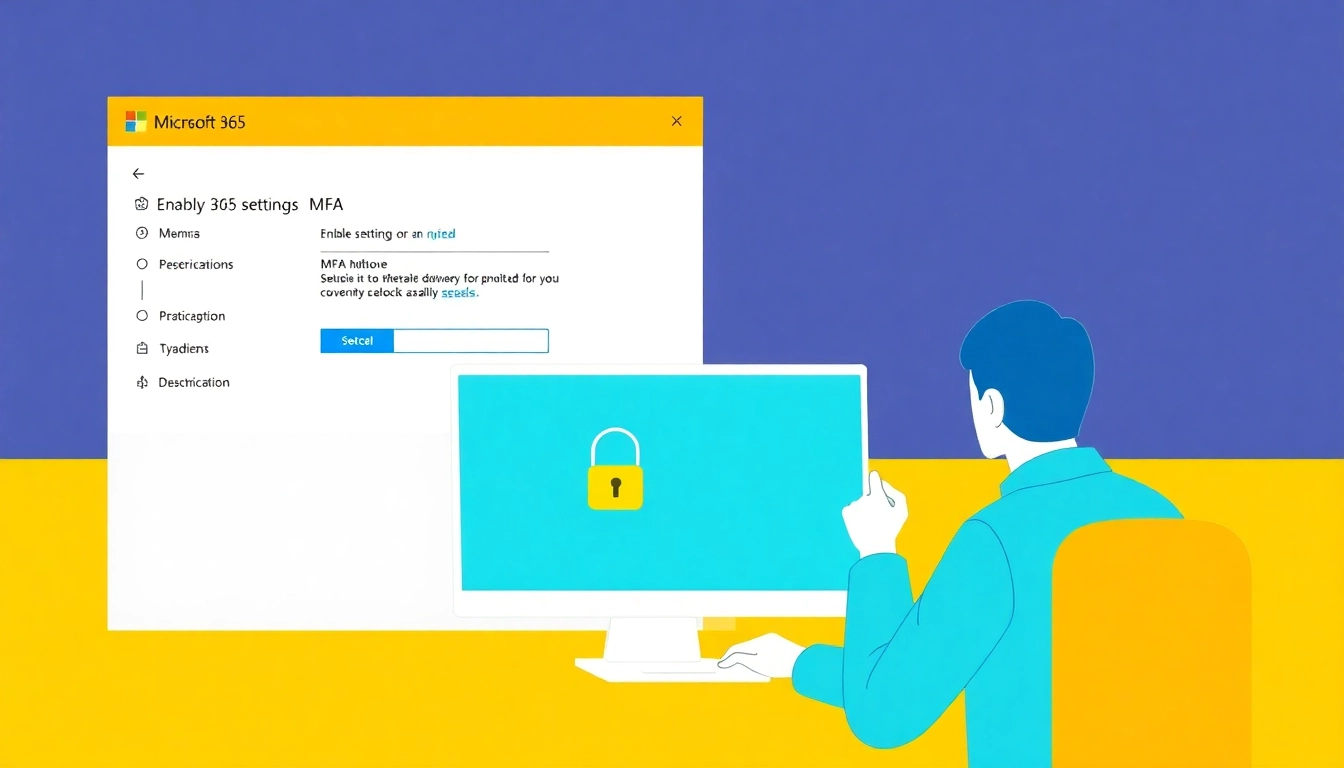Understanding Temporary Email
What is Temporary Email?
Temporary email, also known as disposable email, is a short-term email service that allows users to create an email address without the need for long-term commitment. These email addresses are used to receive messages and are usually active for a limited time, after which they are deleted automatically. This feature offers a unique solution for individuals looking to maintain their privacy while navigating online, significantly reducing the risk of exposing personal information.
Many people may wonder why they should opt for a temporary email account instead of using a permanent one. The answer lies primarily in privacy and security. With the proliferation of cyber threats, unnecessary tracking, and spam, maintaining a clean inbox is becoming increasingly difficult. Thus, temporary email services become a necessary tool for users who want to engage online without complications.
How It Works: A Simple Overview
The functionality of temporary email is straightforward. Users generate a random email address from a service that provides this feature. Incoming emails to that address are accessible on the provider’s website, often without requiring registration. When the user no longer needs the email address, they can simply allow it to expire or delete it, taking with it all associated data and messages.
Typically, these services allow users to copy and paste the temporary email address into signup forms or input fields. Once the address is used, any verification emails or communications can be viewed without cluttering the user’s primary email inbox.
Common Use Cases for Temporary Email
There are various scenarios in which utilizing a temporary email address can be advantageous:
- Signup Verification: Many websites require email verification during the signup process. Using a temporary email allows easy registration while avoiding spam in a permanent inbox.
- Testing Services: Developers and testers may utilize temporary emails to evaluate services or apps that require email confirmation without personal details.
- Short-term Projects: If you’re involved in a project that requires communication but only lasts a few days, temporary emails ensure you don’t need to create a permanent addition to your communications.
- Receiving Marketing Materials: If users want to access a particular offer or free resource that requires an email address, a temporary email ensures they won’t be bombarded by subsequent marketing materials.
Benefits of Using Temporary Email
Enhanced Privacy and Security
One of the most significant advantages of using temporary email services is the enhanced privacy they provide. Given the increasingly alarming rate of data breaches and identity thefts, being prudent with personal information is essential. When you use a temporary email address, you shield your primary email from unwanted eyes. Most temporary emails also do not require personal identification, making them an excellent tool for protecting one’s identity online.
Reducing Spam in Your Inbox
Spam emails are a common nuisance for many users, clogging inboxes with unnecessary messages and leading to missed important communications. Temporary email addresses significantly help reduce spam because they can be used purely for one-time transactions or sign-up processes. Once the purpose is served, the temporary email account can be discarded, taking all the accumulated spam with it.
Quick and Easy Sign-Ups for Services
For users eager to try a service but hesitant to share their personal information, temporary email provides a quick way to access various platforms. Whether for social media, newsletters, or software trials, these addresses facilitate effortless sign-ups, minimizing user friction and enhancing the overall experience.
Choosing the Right Temporary Email Service
Key Features to Look For
When selecting a temporary email service, several critical features should be taken into account:
- User-Friendly Interface: An intuitive interface allows for easy access to emails and functionalities, making the experience seamless for all users.
- Address Customization: Some services allow users to customize their temporary email addresses, making them more memorable or relevant to the service being signed up for.
- Expiration Times: Different services offer various lengths of time for which an email address remains active. Users should choose a service that aligns with their needs, whether that be minutes, hours, or days.
- Security Measures: Features like encryption and secure data transmission are vital for keeping messages safe from unauthorized access.
Comparing Popular Options
While there are numerous options for temporary email services, making an informed choice can be challenging. Users should consider not only the aforementioned features but also read reviews or user experiences to understand the strengths and weaknesses of each option. Generally, a good practice is to opt for a service that is well-rated in terms of functionality and user satisfaction.
User Experience and Accessibility
Accessibility is another critical factor to keep in mind. The best temporary email services are those that can be accessed across devices—be it desktops, tablets, or smartphones. This ensures that users can manage their temporary email accounts anytime and anywhere. Additionally, strong customer support can enhance user experience, making it easier to resolve any potential issues.
How to Use Temporary Email Effectively
Setting Up Your Temporary Email Account
Setting up an account on a temporary email service is typically straightforward. Most platforms do not require a lengthy registration process, allowing users to simply generate an email address instantaneously. Users should begin by determining their specific needs for the temporary email—whether it be short-term access, testing, or anonymity in online purchases.
Best Practices for Registration
When registering for services using temporary email, consider the following best practices:
- Always Use Unique Addresses: Avoid using the same temporary email address for multiple registrations to prevent cross-site tracking.
- Clear Expiration Awareness: Be aware of how long the temporary email will remain active to retrieve messages promptly.
- Data Cleanup: Regularly clear out messages from your temporary email to avoid confusion and ensure smooth operation.
Handling Incoming Emails Securely
When using temporary email, it’s important to handle incoming messages cautiously. Since these mailboxes are often unprotected, they may carry spam or malicious links. Users should avoid clicking on unknown links and be vigilant about the sources of incoming messages. Moreover, it’s advisable to view emails directly from the temporary email provider’s site rather than forwarding them to a personal account.
Future of Temporary Email Services
Trends Shaping the Temporary Email Landscape
As privacy concerns grow, the demand for temporary email services is expected to rise. More people are recognizing the need to protect their personal information, contributing to the popularity of disposable email addresses. Emerging trends indicate a shift towards services that provide enhanced user experience, better security measures, and integrations with other privacy-focused tools.
Potential Limitations and Considerations
While temporary email is a powerful tool, it is not without limitations. Users should consider that some websites might block disposable email addresses to prevent misuse. Additionally, while using temporary email enhances privacy, it may be less reliable for critical communications, such as account recovery, since access can be restricted after expiration.
Innovations on the Horizon
The future of temporary email may also include innovations such as AI-powered filtering systems, more sophisticated spam detection, and the ability to create more robust user identities without the associated risks of traditional email. As technology evolves, temporary email services are likely to adapt, providing even more solutions to meet user needs.

